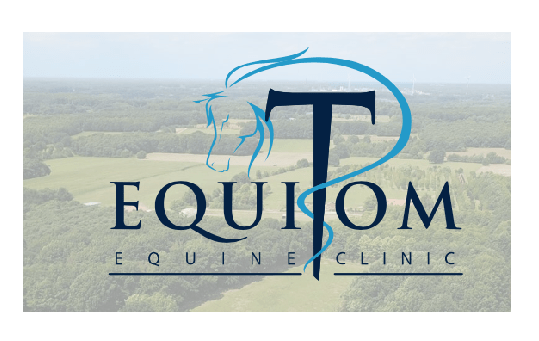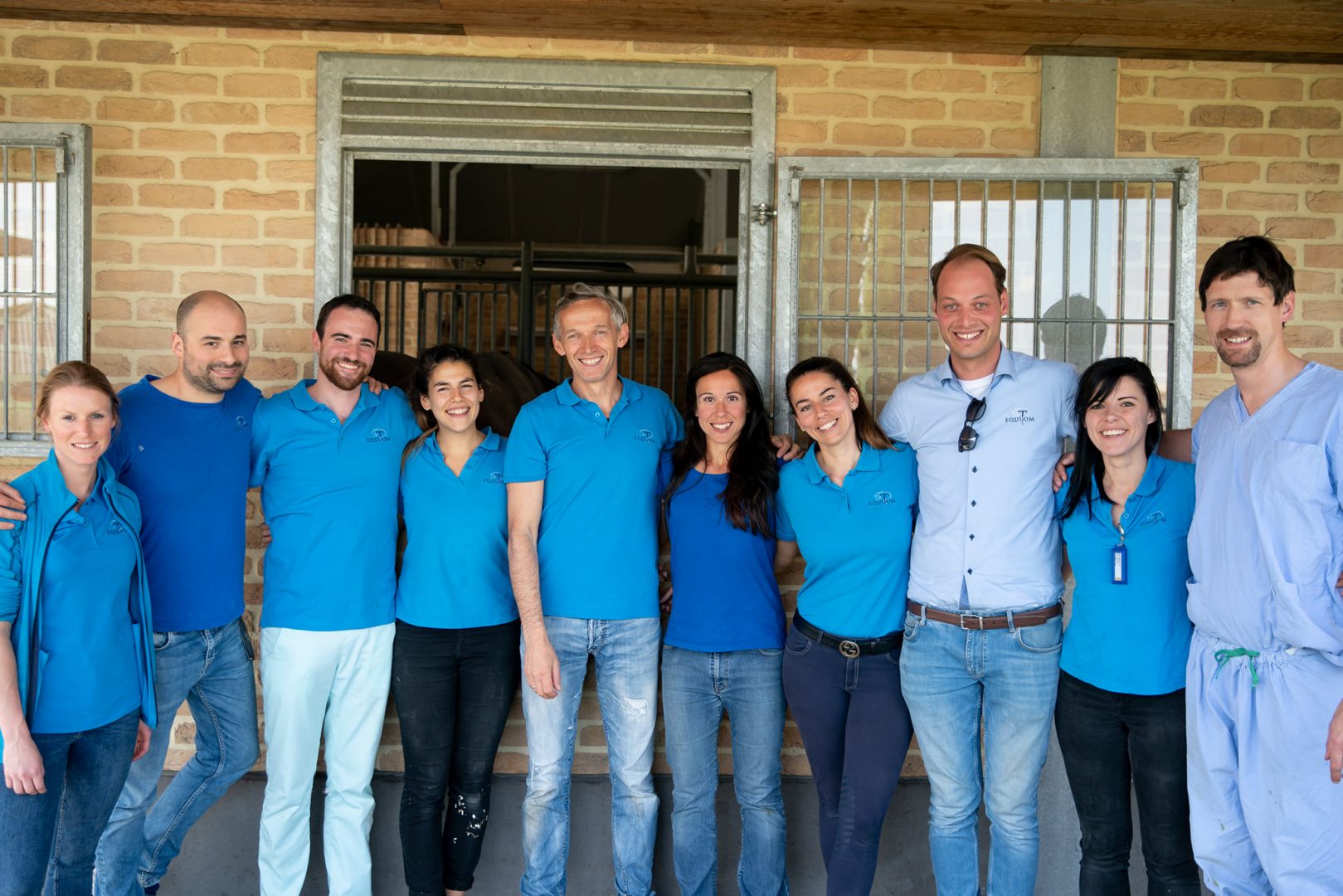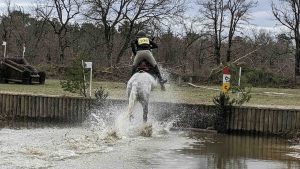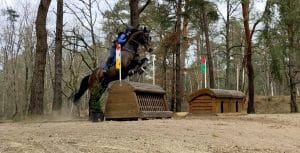Does the job of a farrier change in a veterinary clinic?
To find out, we spoke with Wim Bode, the referent farrier of the Equitom Clinic, in Belgium.
Working with veterinarians and surgeons, intervening in very specific cases… Discover the experience feedback of this farrier in the service of one of the largest clinics for horses in Europe.
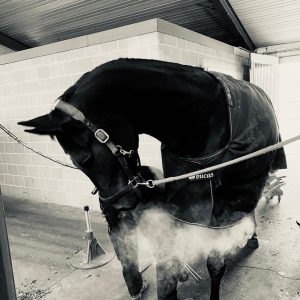
Ekico : Wim, thank you very much for taking the time to talk about your daily work. To start, could you briefly tell us about your background?
Wim Bode : I was born among horses. When I was a kid I always wanted to do something with horses when I grew up. Eventually I became a farrier. I went to school in Anderlecht and started as a farrier in 1997. I started as a regular farrier until I met DR Tom Mariën (Founder & CEO of Equitom) 15 years ago and got the opportunity to work for him. Then at that time it was maybe one horse a month at the clinic. Now I am here almost daily.
I am still very grateful to Dr Mariën!
Ekico : You are therefore the referent farrier at the Equitom equine clinic, in Belgium. What is your role and responsibilities there?
Wim Bode : In every foot-related operation I am involved in, for example, keratoma hoof cancer. I work thightly with the orthopedic department and I’m responsible for the orthopedic shoeing of the patients. The last years we also developed very good protocols for horses with hoofcancers (chronic proliferative pododermatitis) and laminitic patients.
I also work, for example, in cases of white line disease and many other pathologies. Always in association with the veterinarians / surgeons of the clinic.
Credit : EquiTom Clinic
Ekico : What are the strengths of your profession and the challenges you face?
Wim Bode : Every day is a new challenge. We are offered the craziest / most difficult things that people have usually tried at home with not the desired result.
With Equitom no challenge is too big and no case too difficult ! I get a lot of satisfaction from my work there and I am still learning every day. We have a very strong team of vets and surgeons.. One of the biggest challenge I have faced is getting a young quality show jumping horse that had been lame for several months/year and had been to other clinics, back in competition.
With this case the Epona Cam was particularly helpful.
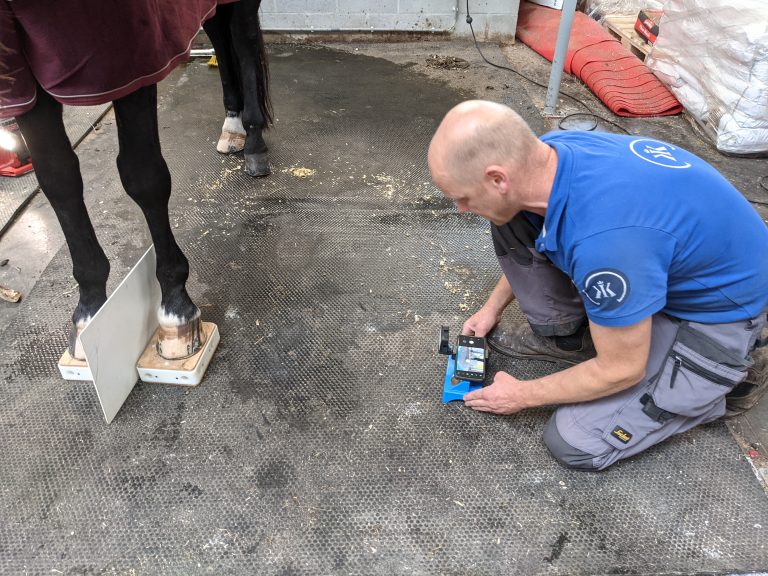
Ekico : In the field, farriers and veterinarians sometimes have difficulty communicating with each other. What are your tips for improving this kind of situation?
Wim Bode : Vets and farriers dont have the same education and we farriers, we do the same thing daily for years.
Veterinarians have to know everything about a lot of things but they are not specialised in hoofs like we are. So sometimes, we can have other opinions only because we see a lot more different hoof problems that we can fix with appropriate shoeing or trimming. Veterinarians also often think surgery is needed (for angular deformities for example) because they don’t know (or are afraid) that we can fix it with trimming and shoeing if it’s done in time.
My advice to improve some situations between vets and farriers is just to have a good communication and a good team work.
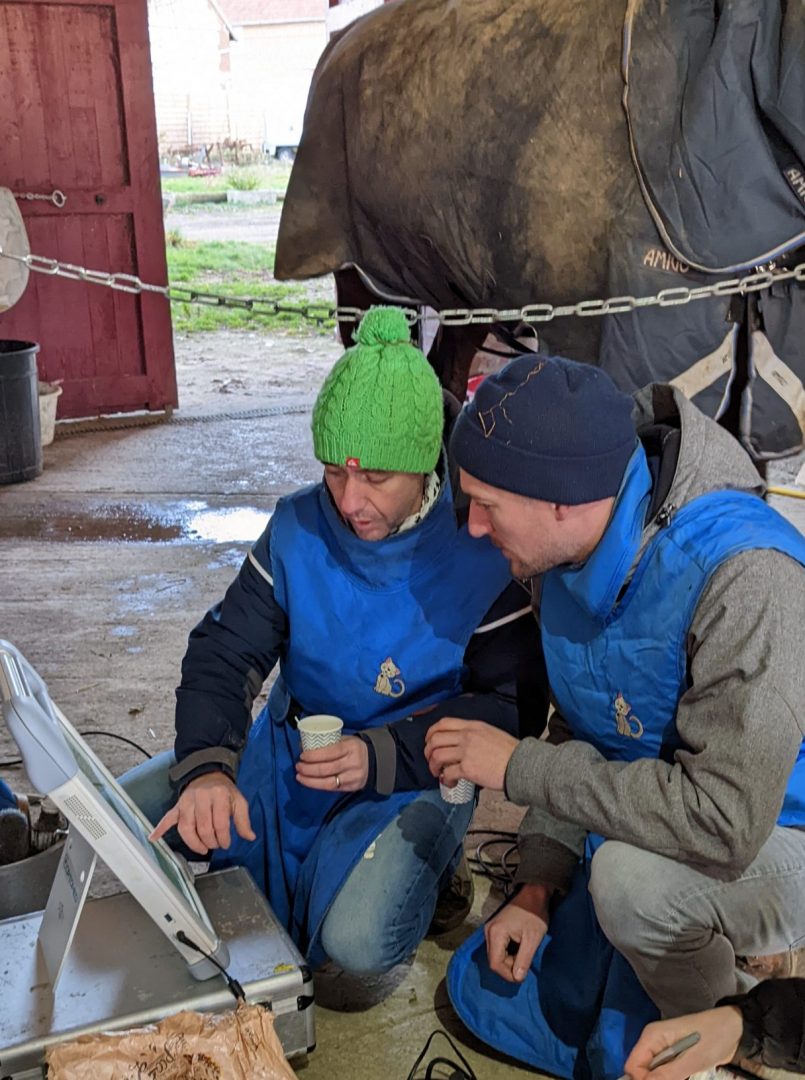
Interview conducted with Wim Bode, referent farrier of the Equitom Clinic.
